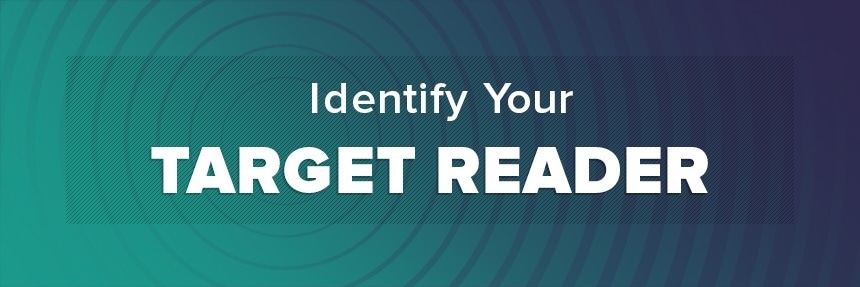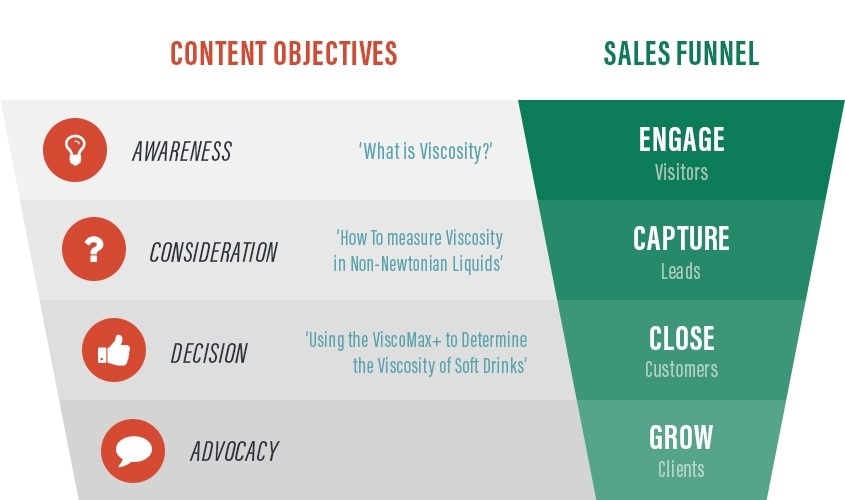
Content Creation is a lot like Horse Racing
The old racing adage "Horses for Courses" alludes to a horse's ability to perform over a specific distance or terrain. Well, the same goes for content creation. Just as you wouldn't uses a shirehorse to race in the Grand National (or Kentucky Derby!), you wouldn't send a general awareness piece to a prospect asking about specific applications and technical capabilities of your equipment.
The B2B buying process has never been more complex. Recent research suggests the average sales cycle grew by as much as 32% in 2014-2015: It now takes about 100 days to achieve a considered sale.
While there are many reasons internal processes are changing, the biggest may be this: Prospects are increasingly frozen with "decision paralysis" and are taking more time to compare their options—and recruit broader internal feedback from larger purchasing teams—before making a decision. That means a longer and more nuanced effort to self-educate before contacting potential vendors.
B2B scientific enterprises can no longer assume their sales team will do most of the persuading: Prospect self-service means potential clients may be 90% done with their decision-making before they contact you. To succeed, brands must anticipate prospect questions and develop Web content accordingly.
B2B Buyers May Read Dozens of Articles About Solutions Before They Reach Yours
According to research from Google, the average B2B customer reviews 10.4 pieces of content before even discovering your Web presence. The result? If your brand is well-known in your field, buyers find three pieces of content about you before they come across your own online content.
As B2B markets grow more diverse, Web content is the #1 tool for brands to drive momentum in the buying process.
What’s the key to maximizing content ROI? Ensuring that no matter when prospects access your expertise, they find content tailored to their stage in the buying process. That requires a diversified content strategy that centers around the key points in that journey.
Content Objectives

Your content portfolio should tie in with your Sales Funnel and the different stages of the Lead Generation Process should reflect all of the following:
Top of the Funnel—Build Awareness
Blog posts, infographics, and articles that drive traffic to your brand from other sites fall into this category—made to spark prospects’ interest and build the foundation for a relationship. Ideally, this content is educational and gives prospects clarity on your areas of expertise and results in the first step toward engaging your unknown visitors.
Middle of the Funnel—Develop the Relationship
From the time a prospect signals some interest in your solutions, they’ve reached the middle of the funnel. This prospect is willing to read deeper technical content, but is still comparing several brands. Be sure to include clear Calls-to-Actions to let them know what they can gain from handing over their contact details. Webinars, application specific articles and short whitepapers are perfect for the middle of the funnel, where your visitors are thinking seriously about how your solutions might fit their needs.
Bottom of the Funnel—Present your solution
As we've seen, it may take weeks or even months for prospects to move through the middle of the funnel. As they do, they’re winnowing down their options and removing some competitors from consideration. Bottom of the funnel content solidifies your value further and gives buyers a clear picture of results: Case studies, customer testimonials, and product videos are oerfect for re-enforcing the purchase decision which your prospects are about to make. If you don't have that all important end of funnel content, someone else will!
Targeting Your Content is the Key to Driving Buyer Momentum
As you plan and develop content, ask yourself the following:
- What is the aim of this content?
- Who is your target reader?
- How can I position it effectively in the content funnel?
Content should always be designed with a specific, buyer-focused purpose in mind. In many cases, the same content can be expanded or redeveloped in a different format to strengthen your overall effort—but only if it begins with a strong core idea aligned with prospects’ needs.
Does your Web content reflect your expertise and unique value? If your site isn't designed with self-educating prospects in mind, it's a good idea to make a cohesive, repeatable content development process the core of your digital marketing. That might make the difference in using the long buying process to your advantage. Get in touch if you would like to discuss your strategy in more detail.